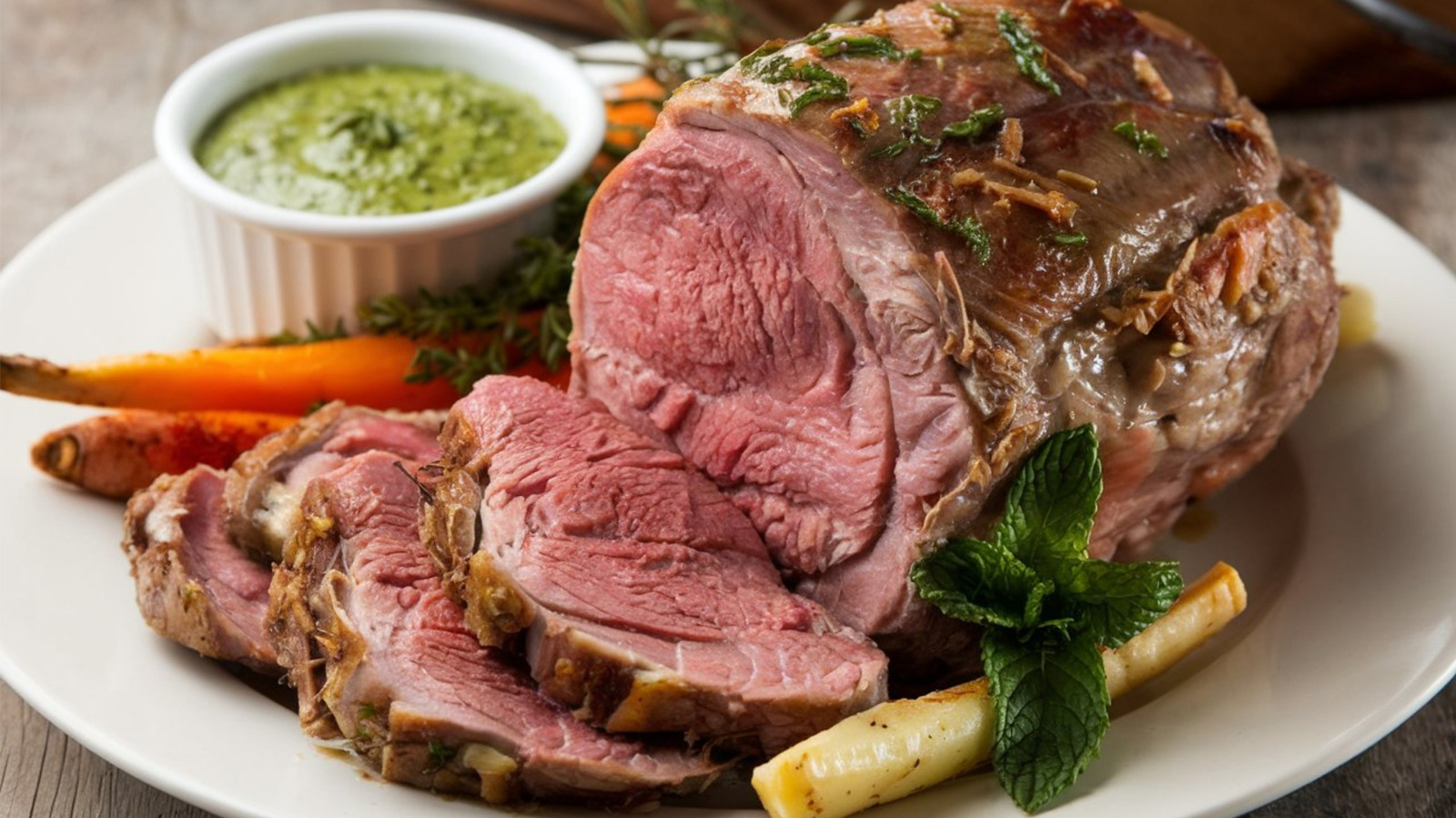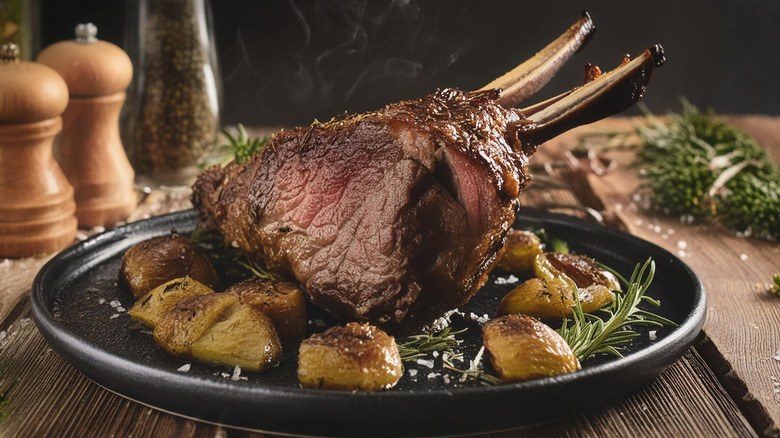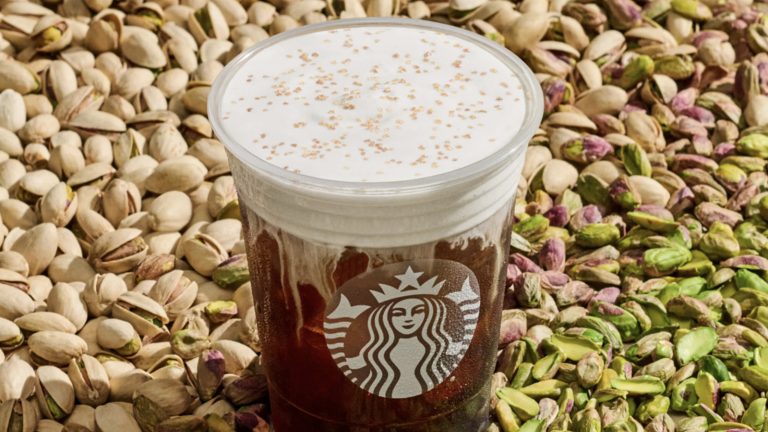If you’re looking for a great way to impress guests, or just want to cook up a protein that differs from the typical chicken, beef, and pork, lamb is a stellar option. But if you’re not accustomed to buying it, it may be challenging to determine the best cut to roast. Food Republic talked with Kevin Chrisman, the executive chef at Golden Hour, to get the answer.
“The whole animal is amazing if you know how to cook it, but for beginners, I always point them to the leg,” Chrisman said. “Since most people … are chasing a deeper flavor or an easier low-stress meal[,] the lamb is a perfect [Easter] delight.”
While lamb may be ideal for Easter, you can make it year-round, too. But when you do, you’ll want to leave plenty of time for prep. Chrisman suggests making a marinade with garlic, brown sugar, curry powder, salt, and herbs like cilantro, parsley, thyme, and rosemary. Once blended and rubbed onto the leg of lamb, he recommends placing the meat in a high-rimmed pan to prevent any spillage of the meat’s juices and popping it in the fridge overnight. Just be sure not to let it sit for too long — over-marinating can lead to mushy lamb meat.
Tips for a tender and flavorful lamb leg
You’ll also want to allow ample time for the lamb to cook. Kevin Chrisman recommends roasting a boneless lamb leg that clocks in at about five pounds for approximately five hours at 275 degrees Fahrenheit, at which point you should be able to shred it. But to make sure it turns out tender, he has some other tips, too.
First, before putting the lamb in the oven, “add [one] inch of water or chicken stock to the pan that your lamb is in.” Then, wrap high-heat-tolerant plastic wrap over the lamb, securing it on the edges of the pan, before wrapping aluminum foil over top. “This will keep all of the steam in and create a perfect environment to slowly roast the lamb in,” Chrisman explains.
If you don’t have all of the ingredients for Chrisman’s marinade, you can still achieve tender results. One way is to submerge the meat overnight in a mixture of one cup of vinegar to one quart of water. Another way is to cover the lamb with a blend of salt and water in a ratio of one tablespoon to one quart. Either way, the meat will tenderize, and any potential gaminess in your lamb will be reduced. Then, you can proceed with the recipe, adding your own herbs or spice blends. Don’t be afraid to experiment with uncommon spices and seasonings — if you’re feeling adventurous, you could even use anchovies to add umami to your leg of lamb.






